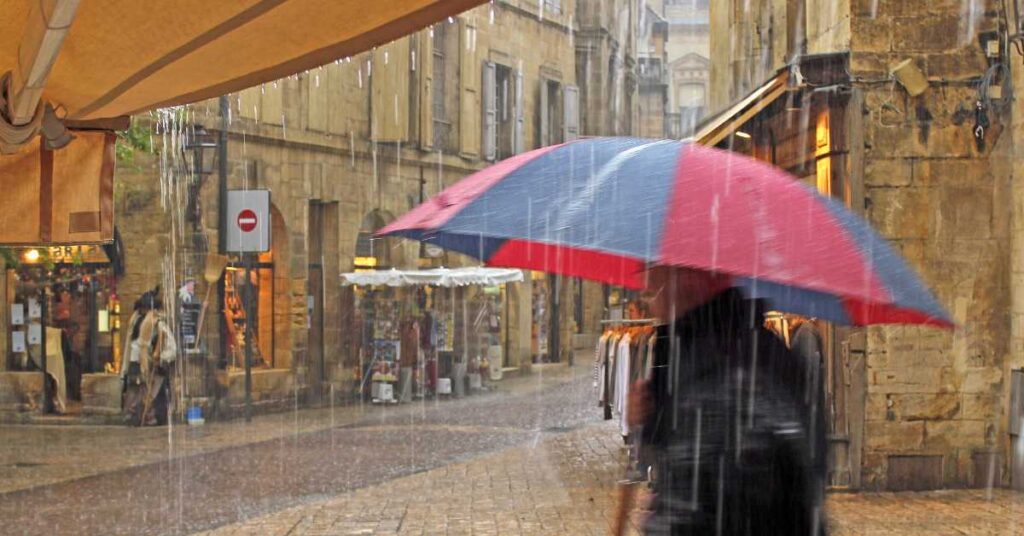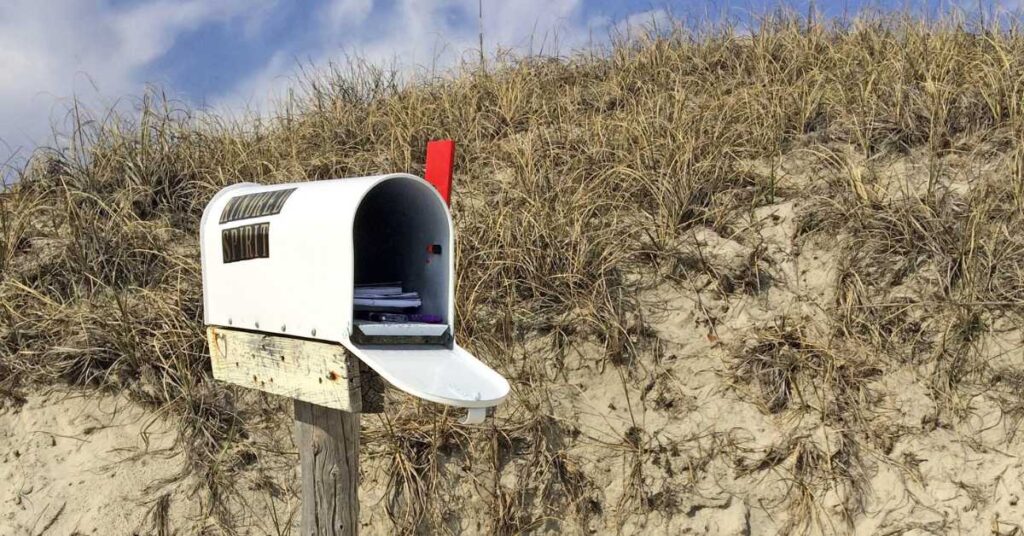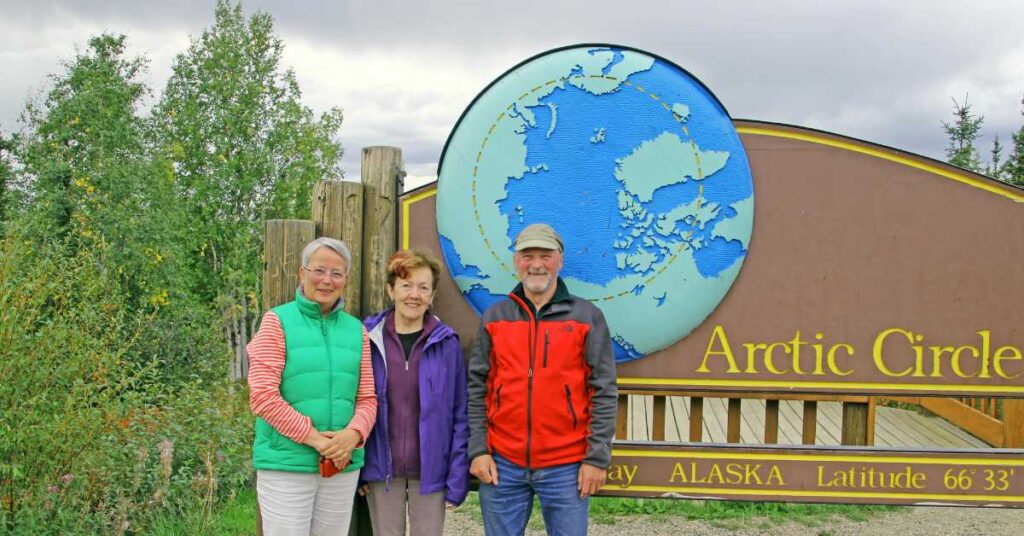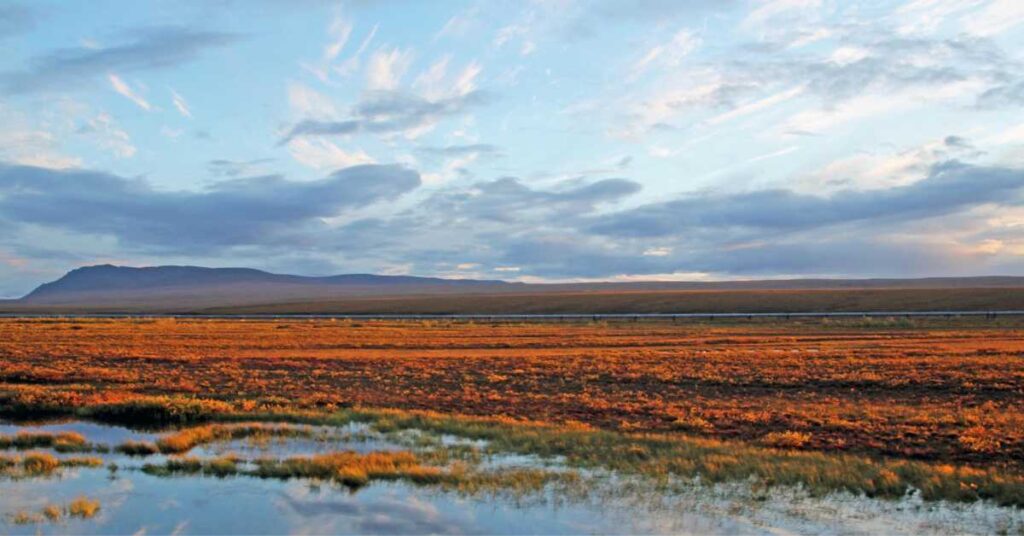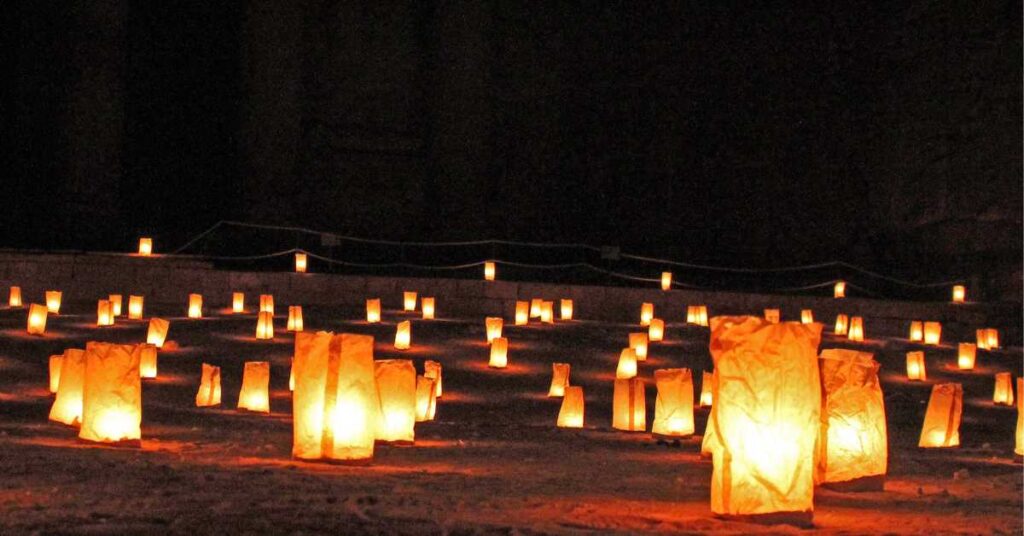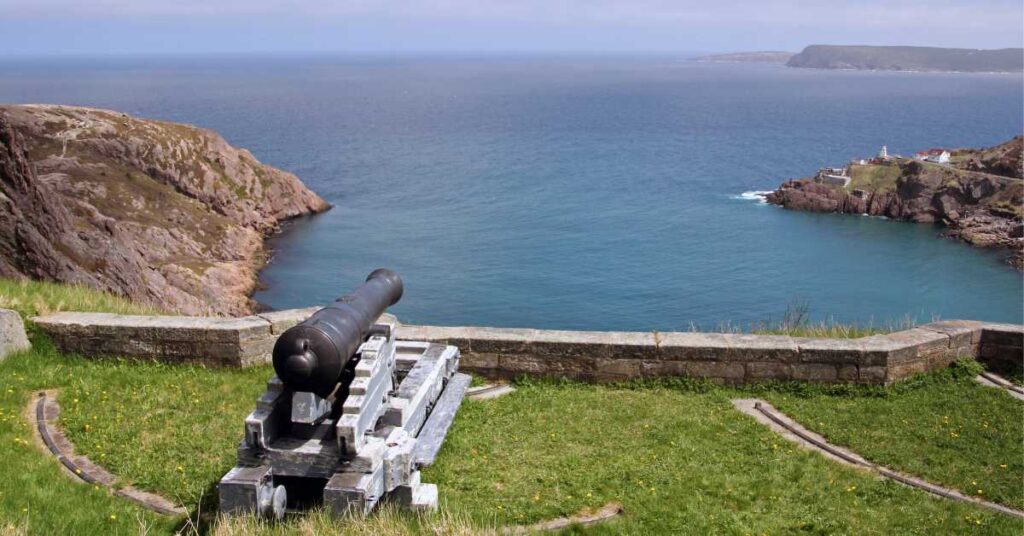Group Travel 101: A Soloist Takes a Team Vacation in Africa
Group Travel 101: A Soloist Takes a Team Vacation in Africa About a year before Africa, I took a road trip with my friend Kathy, a writer and editor from Minnesota. We wanted to see Savannah, which we did between downpours. One day when we were holed up at the hotel during another storm, Kathy got an email about a possible trip to Africa. Would I like to do this? We figured we could room together – the road trip experiment was going well, even if my car did leak on the passenger side. Kathy’s smart, funny and a great traveler. She was tolerating me. I said, “Sure!” And then we waited. Travels with Lisa If you’ve read even a few of my posts, you know I mostly travel alone. I’m not inflexible because I do travel with and visit friends now and then. But in my entire adult life I’d never taken a group trip, except for short, small-group excursions. The Africa email came from Lisa Koon. She owns Panorama Travel in San Diego and would host the trip. Kathy had traveled with her before. She said that Lisa offers trips to a group of regular clients, her “usual suspects.” Most of them have traveled together often. Many are long-time friends and neighbors. Even people in the eventual Africa group who didn’t know each other would have friends in common. It sounded rather familial. I could do it. I have several posts about the Africa trip. This post is just to confess that yes, I’m an independent, I took a group trip, and I enjoyed it. Shows it doesn’t pay to be rigid. Our itinerary was creative and kept us running, probably on the theory that you can rest when you get home. I sure needed to. We covered a lot of distance, from Dubai to Cape Town, and had experiences that varied from pre-dawn safari start-offs on freezing Botswana mornings to a Cape Malay cooking class in Cape Town. Lisa and her contacts in Africa also remediated the unexpected – a hotel that burned (before we arrived, and no one hurt), a flight schedule change that upended hotel arrangements, luggage left behind by Air Namibia, and the other things I usually handle for myself. So I got to rest. Togetherness (I’m behind camera!) The “team” was about 17 of us, plus Lisa and daughter Monica who was along both for the trip and to help with logistics. There were old friends, cousins, a mother and daughter, sisters-in-law. As for Lisa herself – redoubtable, funny, multilingual and international. Most of the other travelers had knit into groups long before this trip, but I was absorbed into the collective. And one of the nice things about being with a group was that when four of us were without luggage and a change of clothes for three full days, we had more offers to share than we could accept. Kathy lent sunscreen, insect repellent, laundry soap, two tee shirts and a windbreaker. Others also offered clothes, and I borrowed some Skechers whose memory foam adapted to my feet right away. Will Candy ever be able to wear them or are they still crying for me? Together and alone I did one thing alone – I traveled solo to Dubai where I spent a day before the others arrived and I traveled home alone from Cape Town. That schedule suited me better. I enjoyed my solo flights and my day alone in Dubai, so I’m not giving up my independent ways. But the Africa trip was good, and every form of travel has positives. I like being alone, but I also enjoyed the congenial group. There’s a lot to learn from other travelers, and I laughed more than I do alone. It’s also fun having someone laugh at you when you get caught in interlocking mosquito nets. Without a roommate, who’d know? I did miss the direct engagement that I have with the itinerary and service providers and guides. But I wouldn’t have put together the same trip Lisa did with her experience and on-the-ground knowledge. So, yes. It was good, the perfect group experience for a confirmed independent. I look forward to more offerings by Lisa now that I’m a “usual suspect,” and maybe I’ll even meet up with Candy and her Skechers again.
Group Travel 101: A Soloist Takes a Team Vacation in Africa Read More »


